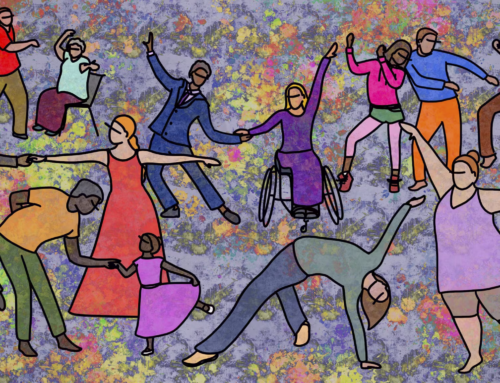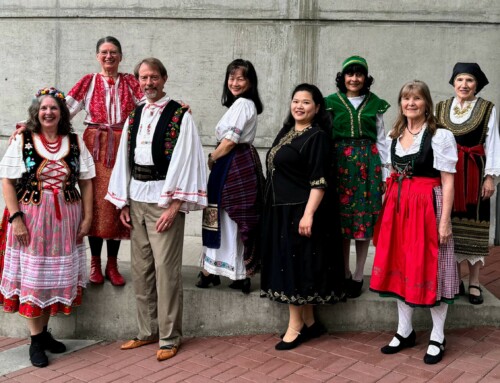 Older adults who engaged in ballroom dancing, folk dancing and other dance styles were less likely to fall than those who walked or did other exercises.
Older adults who engaged in ballroom dancing, folk dancing and other dance styles were less likely to fall than those who walked or did other exercises.
By Nicholas Bakalar
Published Oct. 14, 2020
Updated Oct. 20, 2020
Dancing may help prevent falls in the elderly, a review of studies suggests. And the more older people danced, the better.
Researchers combined data from 29 controlled trials in healthy people over 65 of “dance-based mind-motor activities” involving coordinated upright movements, structured through music or rhythm, with distinctive choreography and interactions with other people — in other words, dancing. The studies tested ballroom dancing, folk dancing, line dancing, eurythmics, tai chi and other styles.
Compared with their peers who engaged in walking, seated exercise, general aerobics and other types of exercise, those who engaged in dance-based activities had a 37 percent reduced risk of falling in eight trials, and a 31 percent reduced number of falls in seven other studies. Several trials showed significant advantage over controls in balance and lower body strength, but not upper body strength.
The review, in JAMA Network Open, found that dancing three or more sessions a week, and continuing to do so for 12 to 24 weeks, was associated with greater benefits than shorter interventions.
The lead author, Michèle Mattle, a doctoral student at the University of Zurich, pointed out that most trials reported at least 80 percent adherence, which is probably higher than for most other types of exercise programs.
“Participants liked the interventions, and thus they had fun doing them,” she said. “The most important thing for physical activity to have a beneficial effect is that you stick with it — life long.”



Leave A Comment
You must be logged in to post a comment.